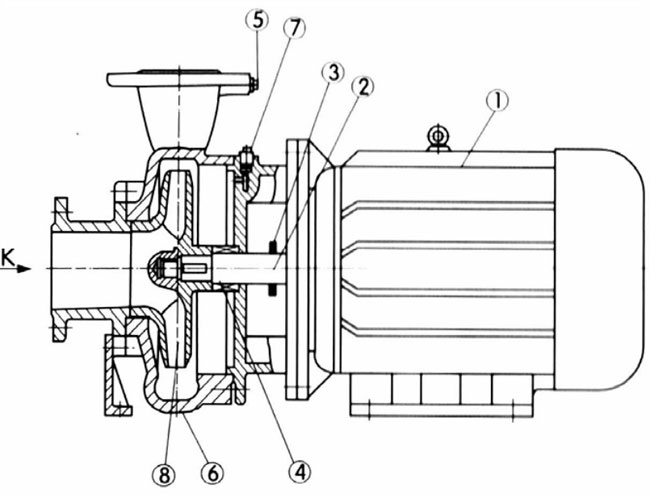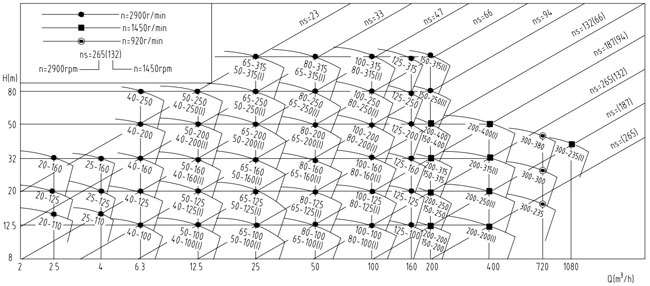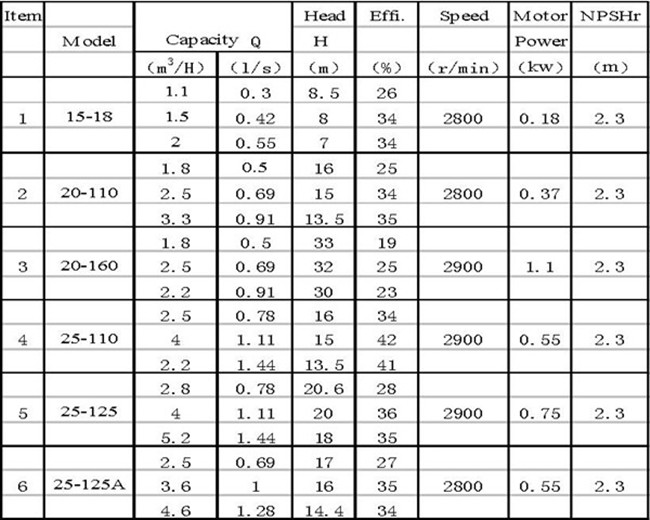The fires in nursing homes that took place in Henan in the previous two years represented the escape safety problem of a class of escape obstacles collective. The claims and requirements of the accountability system and the man-made theory in domestic public opinion are the evasion and indifference to the technical problems of fire escape. As long as public opinions still have the idea of ​​accountability, it is impossible for any disaster in the country to be investigated impartially, comprehensively, in-depthly, and professionally, because politics will cover up the economic nature of disasters. Here is a typical fire that affects the fire safety of US hospitals: At the Hartford Hospital in Connecticut in 1961 , there was no man-made fire, and only the technical problem of fire escape.
December 8, 1961 the afternoon of Hartford Hospital's garbage drop tank fire, resulting in seven patients, four employees and five visitors to death. When it was completed in 1948 , the building met the fire regulations of the time, but this fire made people aware of the design flaws that caused loss of life and promoted the development and improvement of the "Safety of Life".
The Hartford Hospital is a 13- story flame-retardant building with basement and sub-basement . According to the design specifications of the time, only those areas considered to be dangerous: the basement, the basement, and the 13th floor above the ground were equipped with spray equipment. The fire drop tanks run from the basement to all 13 floors and there is a door leading to the drop tank on each floor. The doors are closed automatically, but some doors are not automatically locked by spring pressure devices. In areas where the waste chute is turned 90 degrees, waste is often accumulated, so it is not uncommon for fires to occur.
The ninth floor of the hospital has three parts. The center includes multiple elevators, escape stairs, and different types of service rooms and service areas. The north and south districts of the floor include wards and nurse stations. Manually closed doors are provided everywhere to facilitate the local resistance strategy that the hospital needs to adopt in the event of a fire (can not be evacuated, closed fire smoke, waiting for rescue). These manual doors isolate the hospital’s south wing, north wing and central area. However, at the time of the completion of the hospital, there was no need for door isolation. The hallway ceilings include combustible fiberboards attached to plasterboard. There is an open space between the ceiling and the upper floor that allows the flames to spread and communicates above the smoke prevention doors at both ends of the floor corridor (the integrity of the smoke protection door is destroyed).
In the afternoon of December 8, 1961, when this rubbish groove employees returning from lunch and found the tank fire. With other employees, he tried to extinguish the fire, but no one called the fire brigade. A user on the upper floor of the building found black smoke in the refuse chute . A nurse working on the 12th floor fired the first fire at 2:39 pm . Employees working on the ninth floor corridor said that he saw the door of the refuse chute burst with flames. He fled to the north wing of the building and closed the smoke door behind him. The reason why a flame explosion will cause the refuse chute door leading to the ninth floor to be pushed open remains unclear.
The fire broke out from the garbage chute on the 9th floor ignited the flammable ceiling and spread along the corridor. The North Wing Smoke Prevention Door is operating correctly, maintaining the safety status of the escapee on the other side. The south wing smoke prevention door was closed by a nurse and she said she was convinced that she had safely locked the door when she closed the door. Other witnesses on the floor said that the doors were closed and they saw smoke gathering in the upper area of ​​the door. Smoke also spreads through the open interconnected area in the upper part of the smoke prevention door to the south wing of the building. At some point, the smoke prevention door leading to the south wing opened and the flame spread to the south wing. It is not clear why the door opened, but the mechanical clock at the intersection of the south wing of the corridor shut down, it appears in this door open time is 14:43. This only happens after 4 minutes of the initial alarm .
When the fire department arrived, it was found that the ladder could only reach the eighth floor. The firefighters at the top of the ladder instructed the residents above the 9th floor to close the door and close the door with wet sheets and towels. Residents who did this survived the fire, and most of the residents were killed because the room door was not closed.
The details of fire safety on this accident also include the following:
• The hospital staff tried to extinguish the fire in the refuse chute without calling the fire department, causing the alarm to be delayed.
• The door of the refuse chute leads directly to the hallway and some are not locked securely. This may be the direct reason why the slot door on the ninth floor was blown away by the fire.
The ceiling is flammable, allowing the flame to spread along the corridor. In tests conducted on samples during subsequent fire investigations, the fire propagation index of the ceiling material reached 180 . The danger of the spread of these ceilings is unknown at the time the hospital was built. The current "Safety of Life" ( NFPA101 ) requires the fire propagation index of interior materials on hospital corridors to be less than 25 .
• There is a non-fire-resistant empty area between the ceiling and the upper floor.
• The smoke prevention doors leading to the Ward Area (North and South Wings) need to be manually closed, and the space above the smoke prevention doors allows fire to spread, rendering the smoke prevention doors ineffective.
· Only the hospital's hazardous area requires spray protection.
As a result of this incident, in 1965 , President Johnson of the United States signed an order to establish the Health Care Finance Administration (HCFA) , a national agency that oversees the safety of hospitals . This is the predecessor of the Centers for Medicare and Medicaid Services (CMS) . This is a watershed in the contemporary US hospital fire safety and significant differences in the past.
There are also some contemporary firefighting requirements that can be traced back to this tragedy, including:
1. Requirements for daily fire escape exercises;
2. Automatic anti-smoke corridor smoke door;
3. Elevator call procedures after a fire;
4. Special fire regulations for refuse chutes;
5. There is more than one exit from the fire isolation zone;
6. No way corridor (dead end, dead-end corridor) the longest distance is 30 feet.
7. Coverage requirements for automatic spraying devices for new buildings.
The information in this article comes from the Internet and was reorganized and edited by China Rescue Equipment Network.
Naipu ISW end suction pumps designed in accordance with ISO2858 standard,are single-stage single-suction horizontal centrifugal pumps featured by integrated simple construction for less space, easy installation, smooth operation with less noise and free of daily maintenance due to the introduction of high quality mechanical seals and closed coupling.
Typical Applications---
Water supply system
Lowering underground water level
Boosting
Gardening and aricultural irrigation
Various kinds of industrial application
ISW End Suction Pump Configuration Drawing

Main Part Number At The Drawing
|
1 Motor
2 Shaft 3 Deflector 4 Mechanical Sea |
5 Pressure Monitoring Hole
6 Pump Casing 7 Pressure Release Plug 8 Impeller |
ISW END SUCTION PUMP SELECTION CHART

NP- ISW END SUCTION PUMP PERFORMANCE PARAMETERS

ISW End Suction Pump,End Suction Pump,Clear Water Pump,End Suction Water Pump
Shijiazhuang Naipu Pump Co., Ltd. , https://www.naipu-pump.com